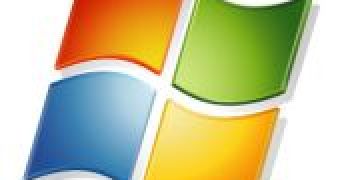Following the advent of Windows 7, Microsoft started using the number for other Windows operating system spin-offs, and it appears that this might just be the birth of a trend for the Redmond company.
While the software giant has yet to announce the official labels for its forthcoming Windows platforms, fact is that there’s already information pointing to the fact that ‘8’ will end up replacing ‘7’ for the vast majority of upcoming OSes, if not for all.
While Microsoft will insist that the successor of Windows 7 is Windows vNext, there have already been company employees using the Windows 8 moniker to refer to the next iteration of the Windows client.
Of course, as it was the case with Windows 7 and Windows Server 7, the future versions of the Windows client and server are also developed in parallel.
Even Microsoft’s own have been using the Windows 8 client and Windows Server 8 brands, even though there’s no way of guaranteeing that these will be the final labels under which the two products will be commercialized.
At least as far as Windows Server 8 is concerned, it could follow the model of previous server platform releases from Microsoft, and end up being called Windows Server 2012, if indeed the successors of Windows 7 and Windows Server 2008 R2 will be delivered in 2012.
But the Redmond company also mentioned Windows 8 Embedded earlier this year, which could point to the fact that an embedded and componentized version of Windows 8 will be offered, per the Windows 7 and Windows Embedded Standard 7 model.
But still, there’s no confirmation of this from the software giant, and years will have to pass until the company will indeed make such details public.
More recently, Windows Phone 8 was also mentioned by the company, undoubtedly the successor of Windows Phone 7, which was just launched.
It of course makes sense for Microsoft to continue pushing the Windows Phone brand, and it’s only logical to try and make the jump to Windows Phone 8. It will certainly fair the best with consumers, than say release a 7.x, or something similar.
And although they are not connected with Windows 7, Windows Embedded Compact 7 and Embedded Automotive 7 also share the number.
If releases such as Windows 7, Windows Embedded Standard 7, Windows Phone 7, Windows Embedded Compact 7, Windows Embedded Automotive 7 are any indication, Microsoft might continue using this labeling pattern for the future.
What do you think? Will we see Windows 8, Windows Embedded Standard 8, Windows Phone 8, Windows Embedded Compact 8, Windows Embedded Automotive 8, etc.?

 14 DAY TRIAL //
14 DAY TRIAL //